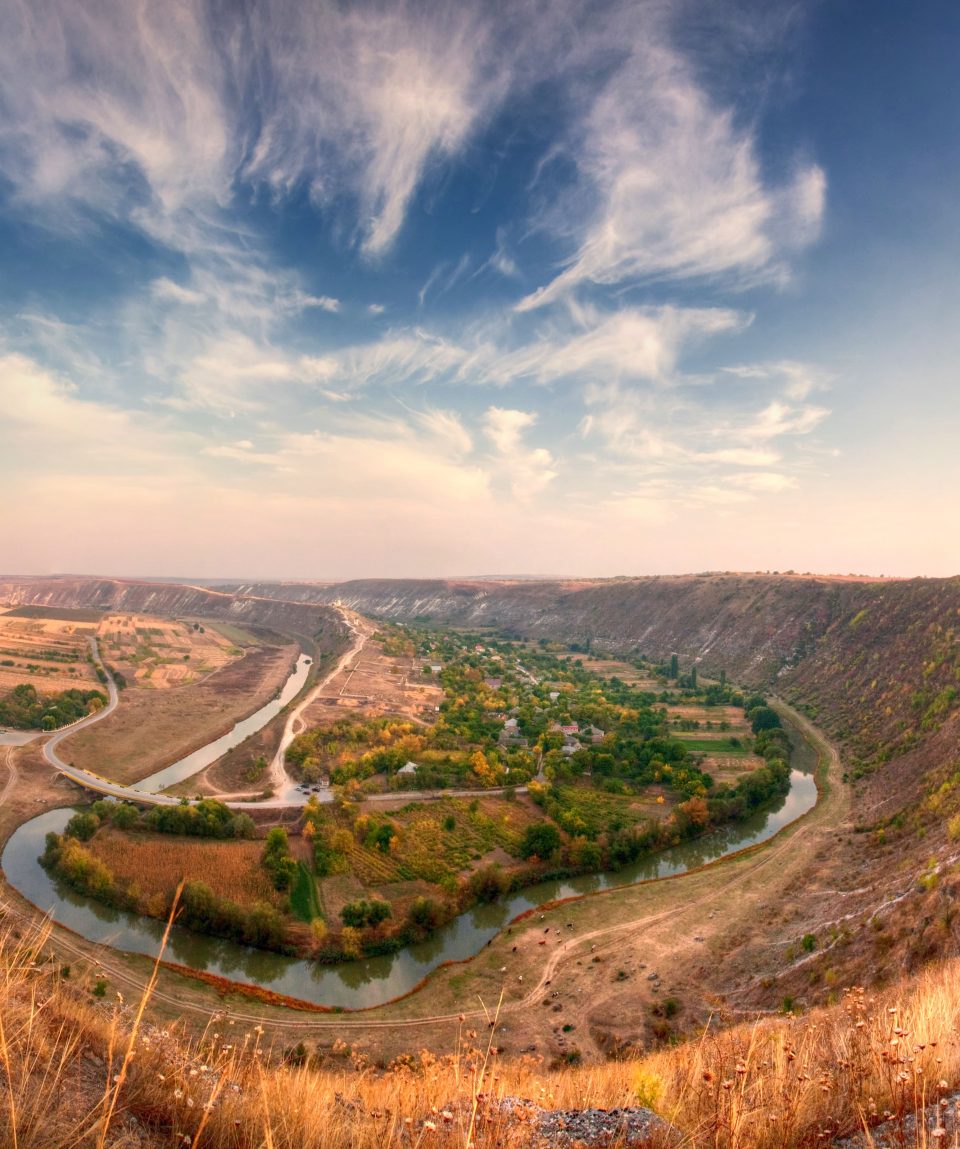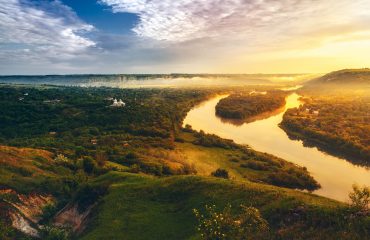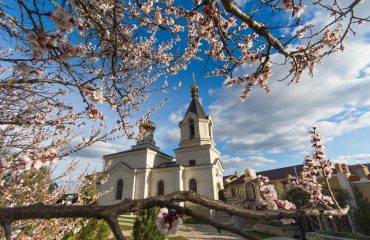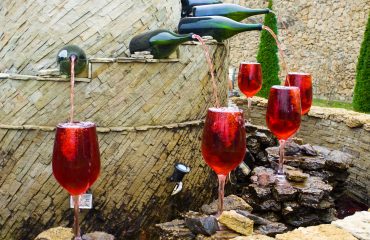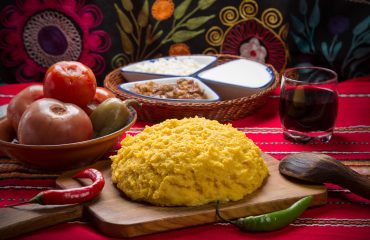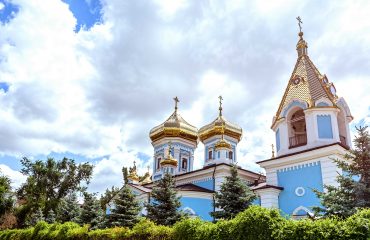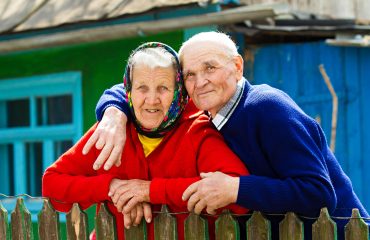MOLDOVA 9 DAYS
Group size 10 Start Chisinau
Countries 1 End Chisinau
-
Reviews 0 Reviews0/5
-
Vacation Style Holiday Type
-
Activity Level Challenging
-
12
Welcome to Moldova! First of all, we would like to congratulate you on your decision to explore this country, which is far from being a typical travel destination. However, this means that you will feel really rewarded for this decision. It is a rare case when the Creator bestowed so many gifts to one land, as He did for Moldova. On a relatively small territory, which is still larger than, for example, Belgium, hilly landscapes, dreamy forests, authentic-looking villages and hospitable people melded to create a true concert of feelings and experiences for a traveler. Once the famous Russian poet, exploring this country, called it ‘Southern fairyland’, but today this South-European country can offer her guests a lot more than 200 years ago. Now better known, if known at all, as “the poorest country in Europe”, Moldova refuses today to live up to her reputation anymore. You can experience a country that is ready to be awake from her sleep like a fairy-tale Snow White. So give her a decisive kiss!

- 8 x nights: 5 x Chisinau, 3 x Soroca.
- Meals: BB + 3 lunches (Palanca, Trebujeni, Comrat)
- All-route English-speaking guide.
- Transfer by modern coach throughout the whole trip.
- English-speaking city tours (or other languages required) in Chisinau, Tiraspol, Sococa, Comrat.
- Entrance+guided tours: All sacred buildings according to the program, the Ethnographic Museum in Butuceni, fortress in Soroca, fortress in Tighina, Pushkin Museum in Dolna, remains of the Heto-Dacian fortress in Old Orhei, Museum of Gagauz History and Ethnography and performance in Besalma, Manuk Bey in Hincesti, wine cellar Cricova
- Other highlights: wine tasting, visiting carpet-weaver.
- Visa Fee
- Travel Insurance
- Flights
- Single Supplement
- Any meals not mentioned
- Any transfers not mentioned (e.g. first and last day)
- Any expenses of a personal nature
- Camera/video permits
- Tips to the guide and driver

